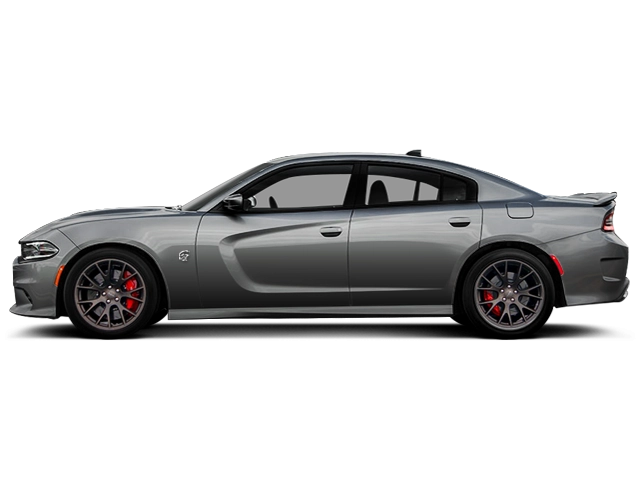2020 Dodge Charger Owner's Manual

Table of Contents
2020 Dodge Charger Overview
Introduction
Introducing the 2020 Dodge Charger, a bold and muscular sedan that strikes the perfect balance between performance and everyday practicality. With its aggressive styling and athletic stance, the Charger commands attention on the road while offering a spacious interior that comfortably accommodates both driver and passengers. Whether you’re cruising in the city or hitting the highway, the Charger promises an exhilarating ride, making it a favorite for those who appreciate a powerful driving experience.
Powertrains
The 2020 Charger offers a diverse range of powertrains to satisfy varying performance desires. The base model is equipped with a robust 3.6-liter V6 engine delivering 292 horsepower, providing plenty of power for daily driving. For enthusiasts craving more adrenaline, the R/T trim boasts a 5.7-liter HEMI V8 engine that generates a staggering 370 horsepower. For the ultimate thrill, the Scat Pack and its 6.4-liter V8 engine unleashes 485 horsepower, while the mind-blowing Hellcat variant roars with a supercharged 6.2-liter V8 producing a jaw-dropping 707 horsepower.
Trims
The 2020 Charger comes in multiple trims, including the SXT, GT, R/T, Scat Pack, and the Hellcat. Each trim caters to distinct preferences, from the well-equipped SXT that combines practicality and performance, to the high-octane Hellcat that is the epitome of muscle car heritage. Available all-wheel drive on select trims enhances traction and stability, ensuring you conquer any road with confidence.
Features
This powerhouse is packed with advanced features designed for comfort and connectivity. Standard technology includes a user-friendly Uconnect infotainment system with a large touchscreen, Apple CarPlay, and Android Auto support. Safety features are also abundant, with options for adaptive cruise control, lane departure warning, and blind-spot monitoring, providing peace of mind on every journey.
Owners Manual
The 2020 Dodge Charger owners manual is a valuable resource, detailing specifications, troubleshooting tips, and maintenance schedules to help owners maximize their vehicle's performance and longevity. It offers comprehensive information and guidance for everything from operating advanced features to understanding the Charger’s safety systems, ensuring a complete and satisfying ownership experience.
User manual download
The Dodge Charger owner manual for the 2020 model year is to be found in PDF downloadable format on this page. The owner manual for the model year 2020 is free and in English, but the repair manuals are usually not easy to get and may cost more.
Manual Questions
Fill the form below and someone will help you!

